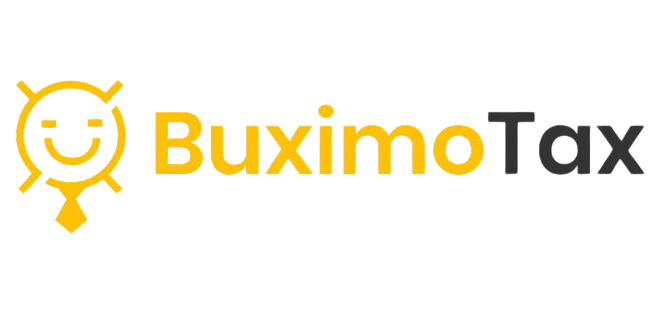Break down your financial reports with clarity and confidence.
A Profit & Loss (P&L) statement, also known as an income statement, is simply a summary of how much your business made, spent, and kept over a period of time. Here’s how to read it without getting overwhelmed.
1. Revenue (Top Line)
This is the total income your business earned before expenses. Always check:
- Are sales increasing or decreasing?
- Is revenue steady month to month?
2. Cost of Goods Sold (COGS)
These are direct costs — inventory, materials, manufacturing, etc.
Revenue – COGS = Gross Profit
3. Operating Expenses
These include rent, software, marketing, payroll, subscriptions, utilities, and more.
This section tells you how efficiently you’re running the business.
4. Net Profit (Bottom Line)
Gross Profit – Expenses = Net Income
This number shows what’s truly left over after everything is paid.
What to look for:
- Are expenses growing faster than revenue?
- Is gross margin shrinking?
- Which expenses can be optimized?
Remember: Your P&L isn’t just a report — it’s a roadmap for smarter business decisions.

